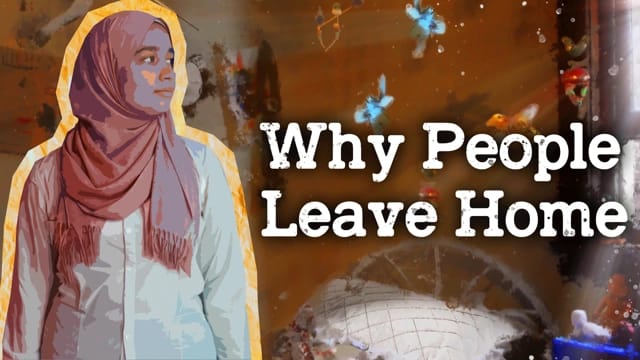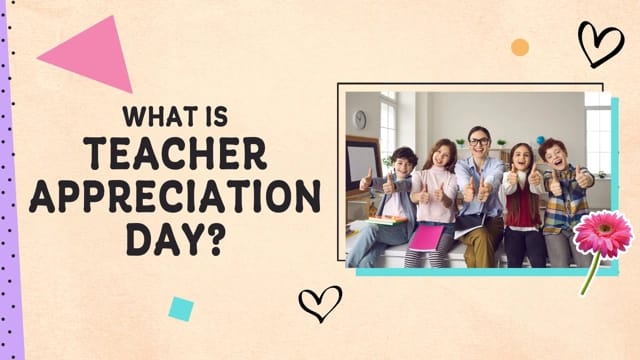5 Gratitude activities for primary and secondary school students
In this guide
Why is it important for students to learn gratitude?
Not only is gratitude a valuable mental health skill for students to learn but it has also been linked to a variety of physical health benefits. People who regularly practise gratitude have been shown to be less likely to experience depression, are generally more optimistic people and experience a range of other physical benefits.
Throughout my teaching career, I have tried to inspire students to show gratitude and appreciation. No matter what year group I taught, I did my best to encourage them to notice and recognise the things and people that make them grateful.
It is important to teach gratitude at any time throughout the year. It could, however, also be linked to International Friendship Day in April or World Kindness Day in November.
Gratitude activities for primary school
I believe a good place to start with this theme is to help students understand what gratitude is. It is the concept of being thankful for the people, things and moments in your life. This video could help get the conversation going.
1) Reflection

This activity would be best suited for older primary school students, perhaps Year 5 or 6. Provide an opportunity for students to pause and reflect on their day. Discuss the negative but focus on the positive things.
Perhaps start with your modelling of the activity. Talk them through your thought process of what makes you happy in your day both big and small. For example: it’s sunny outside, or you’re wearing your favourite sweater, or it’s Friday.
Then, have students think of the good they have experienced in their day. This could start by thinking of as many things as possible, but then having them narrow it down. This video walks students through how to brainstorm and focus on two good things.
2) Thanking community members

Another way for students to show gratitude would be through doing something nice for the members of their Another way for students to show gratitude would be through doing something nice for the members of their community. Have students identify people in their local community who play important roles but may not regularly receive gratitude for the important job they undertake. This could include the fire brigade, police officers, the military or nurses.
Begin by coordinating and planning;
- Who are you focusing on?
- Why is it important to show gratitude towards these people?
- What are you going to do for these people or give to them?
- How are you going to carry out your plan?
Another way to show gratitude to community members would be through sending cards or letters to them. There are many places where you can find details on who and where to send the cards, but no matter what, the goal is the same. You have students create and write cards with encouraging and appreciative messages to the community members.
Both of these activities could be done schoolwide, or perhaps simply in your class. Either way, the concept is to show appreciation for those who serve the people of our towns and cities.
I also discuss these ideas in another blog, Random Acts of Kindness.
3) Thank you, teachers

It’s imperative that students also recognise and appreciate what their teachers do for them. From Reception on, children begin to see their teachers as important adults in their lives.
Although I love that Thank a Teacher Day is celebrated in schools throughout the country in June every year, it could be even more meaningful to do this at different times throughout the year.
You could have students brainstorm what makes a good teacher, and what they appreciate about their teachers. You may need to help them with this list depending on the year level or abilities of your cohort.
Next, they could choose a teacher that they have had (during any year group, and any subject) and make a Thank You gift for them. Perhaps a poster, describing all the good attributes of them as a teacher. Or, a short video, thanking them for being so supportive. The ideas are endless.
These acts of appreciation towards educators can go a long way. I know that in my teaching career, it always meant a lot to me when my hard work and dedication were noticed and appreciated. We don’t do the job for the accolades, but we do deserve them.
Gratitude activities for secondary school
Whilst the activities I suggested for primary school could easily translate to secondary school, here are a few other activities that also work for older students.
4) Stories of thankfulness
For older students, try focusing on true stories of people and their experiences with thankfulness. Through empathy and understanding, students can get some perspective on others, and how being thankful looks different for everyone.
Zainab: Feeling of Thankfulness tells the story of a group of refugees from Myanmar, and how their lives were changed by moving from one country to another. This is an excellent example of how even through adversity and huge difficulties, there are people who find gratitude in their situation.
From this lesson, students could list what they are thankful for (family, friends, their health, their strengths, their pets, etc.). From that list, they could choose one and create a small note, stating why they are grateful for it. Then, they can keep this note in their backpacks or binder, so they can look at it when they need reminders of positive things in their lives.
Sometimes we all need small reminders of what we are blessed with, especially when life is challenging or difficult.
5) Happiness habits

Gratitude is a small part of the bigger picture, which involves changing mental well-being by learning to alter your perspective and way of thinking. How can you be happy with where you are in life? And how do we change our views of our situation?
This video breaks down the concepts of: gratitude, the power of ritual and Memento Mori. This is a Latin phrase that translates to “remember you must die”. The idea is to remind yourself that life is fleeting, and we should not focus on material things, but the meaningful people and moments in our lives.
Essentially, this involves being grateful for the small things in your life.
- Start by having students write down things that they are grateful for in their lives.
- Then move on to teaching students how to build rituals and routines into their day. This can help them to notice and appreciate the moments that make them happy throughout their day.
- Finally, focus on how they “shut down” at the end of every day. If they can develop and maintain this process in the same way each day, ideally they can end their day with positive thoughts.
Additionally, not only should we strive to end our day on a positive note, but hopefully help others do the same. The video discusses taking the time to think about how you want to be remembered. What positive things do you want them to say about you? How can we make a positive impact on others?
Gratitude starts with attitude
What do I mean by that?
Well, I believe that helping students to be able to show gratitude starts with the right mindset. Changing the student mindset and improving mental health is a positive first step. Then they can be encouraged and inspired to think of others and the positive impacts that others can have on their lives.
Start by recognising the good that is all around them and then build on this concept; students’ broader environment. Who helps them and why? How can we recognise and thank these important people in their community?
By identifying and building these skills we can help students develop perspective and gratitude in their lives. Allowing them to recognise that even during hard times, students can find positivity and practise gratitude in their day-to-day lives.

Rebecca Robison
briefcase iconEducational Consultant/Middle School Teacher
Rebecca Robison is a former teacher with over 20 years of experience, ranging from 1st grade to 8th grade, and in multiple subjects. She retired from teaching in 2023, and has been working for ClickView ever since as an Educational Consultant and Blogger.
Other posts
Want more content like this?
Subscribe for blog updates, monthly video releases, trending topics, and exclusive content delivered straight to your inbox.














